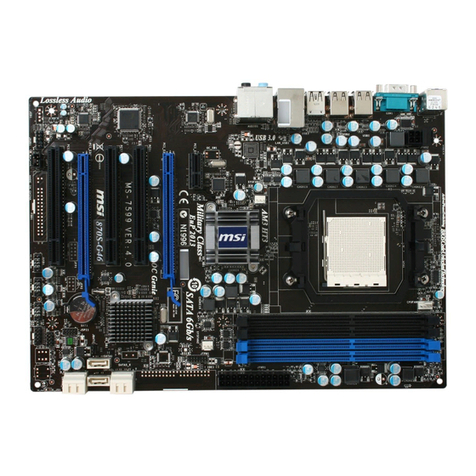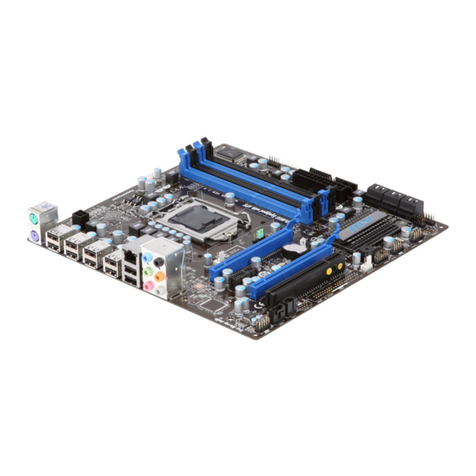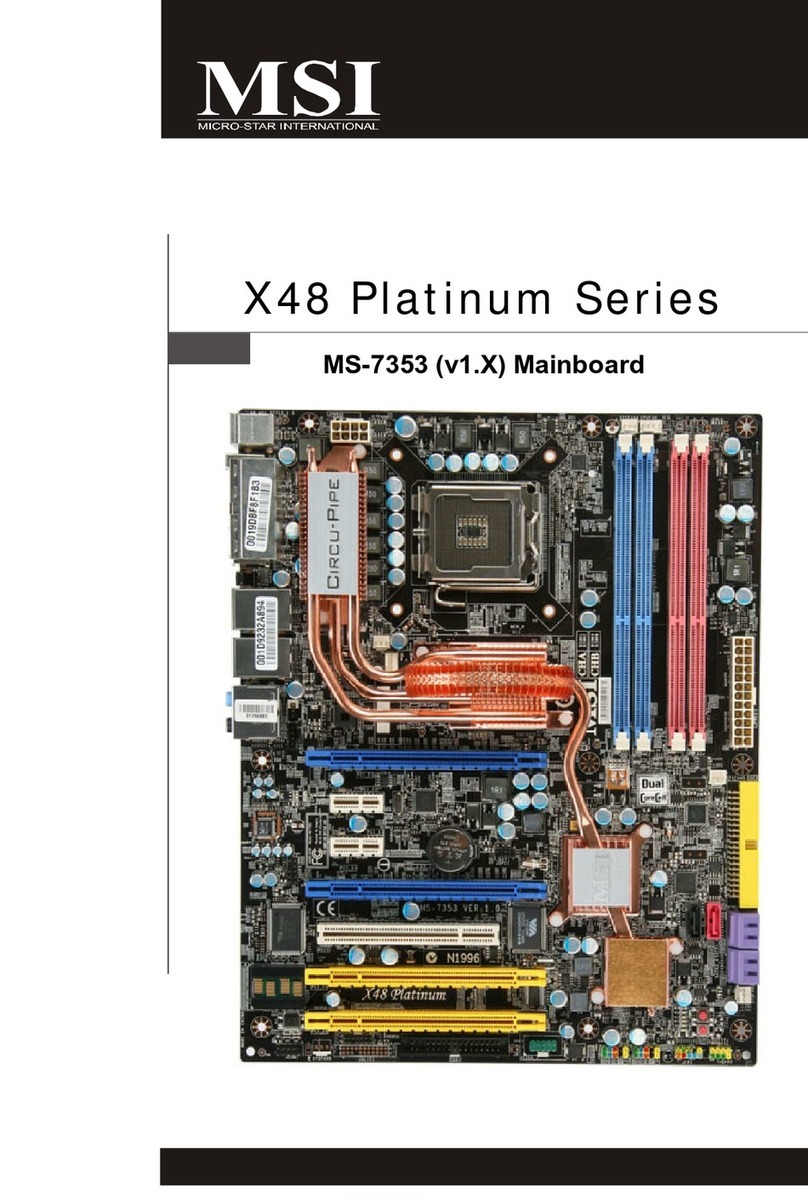MSI MS-6382 User manual
Other MSI Motherboard manuals
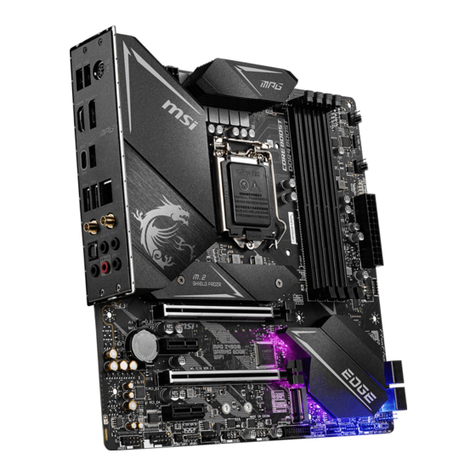
MSI
MSI MPG Z490M GAMING EDGE WIFI User manual
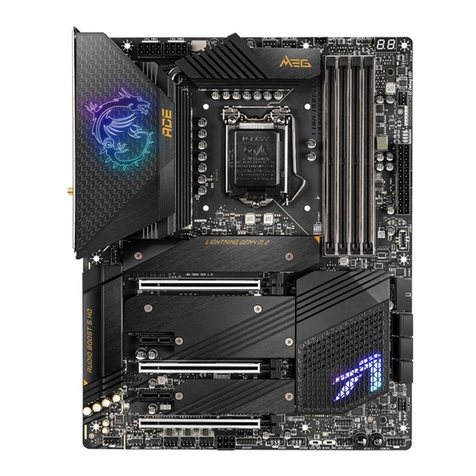
MSI
MSI MEG Z590 UNIFY User manual

MSI
MSI K8NGM-V Series User manual
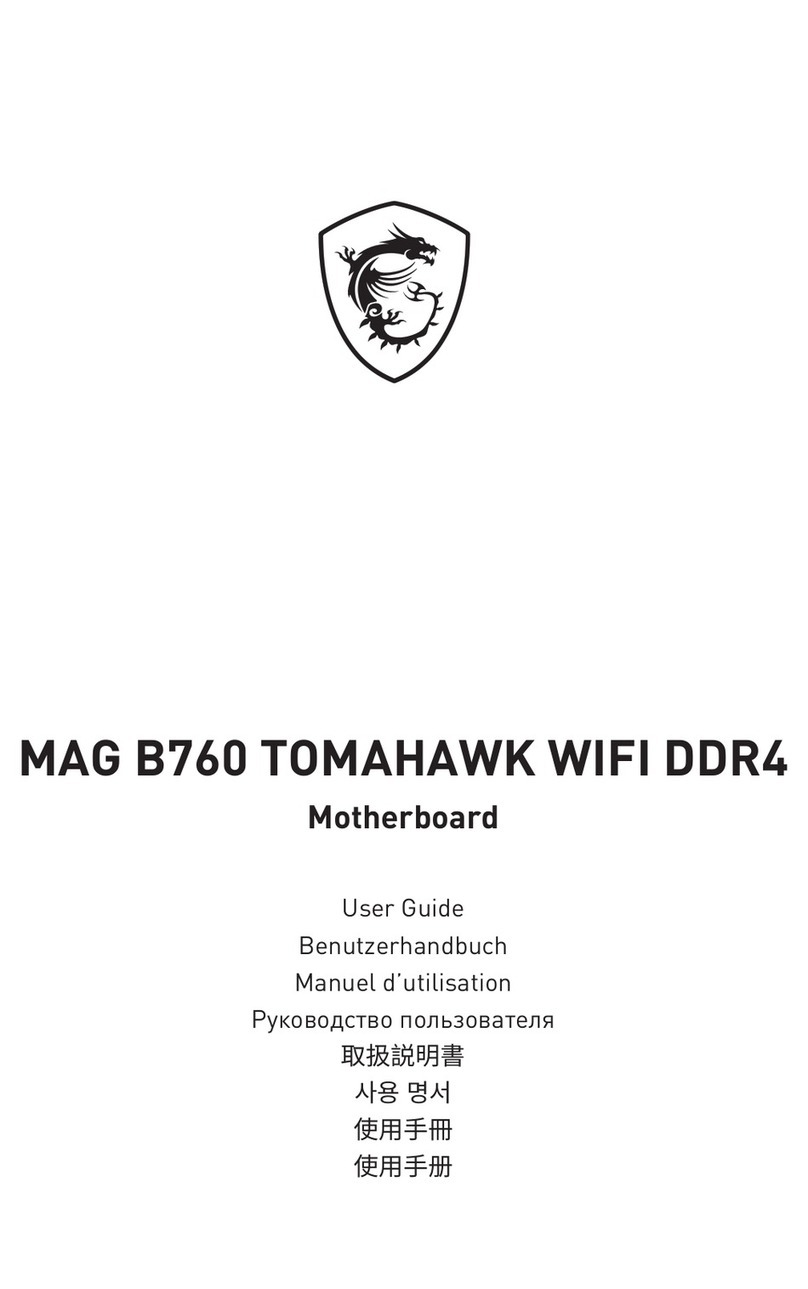
MSI
MSI MAG B660 TOMAHAWK WIFI DDR4 User manual
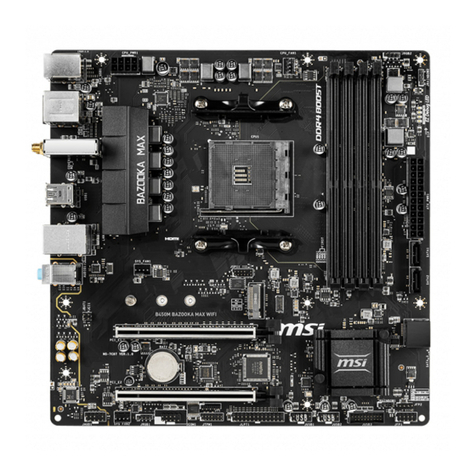
MSI
MSI B450M BAZOOKA MAX WIFI User manual
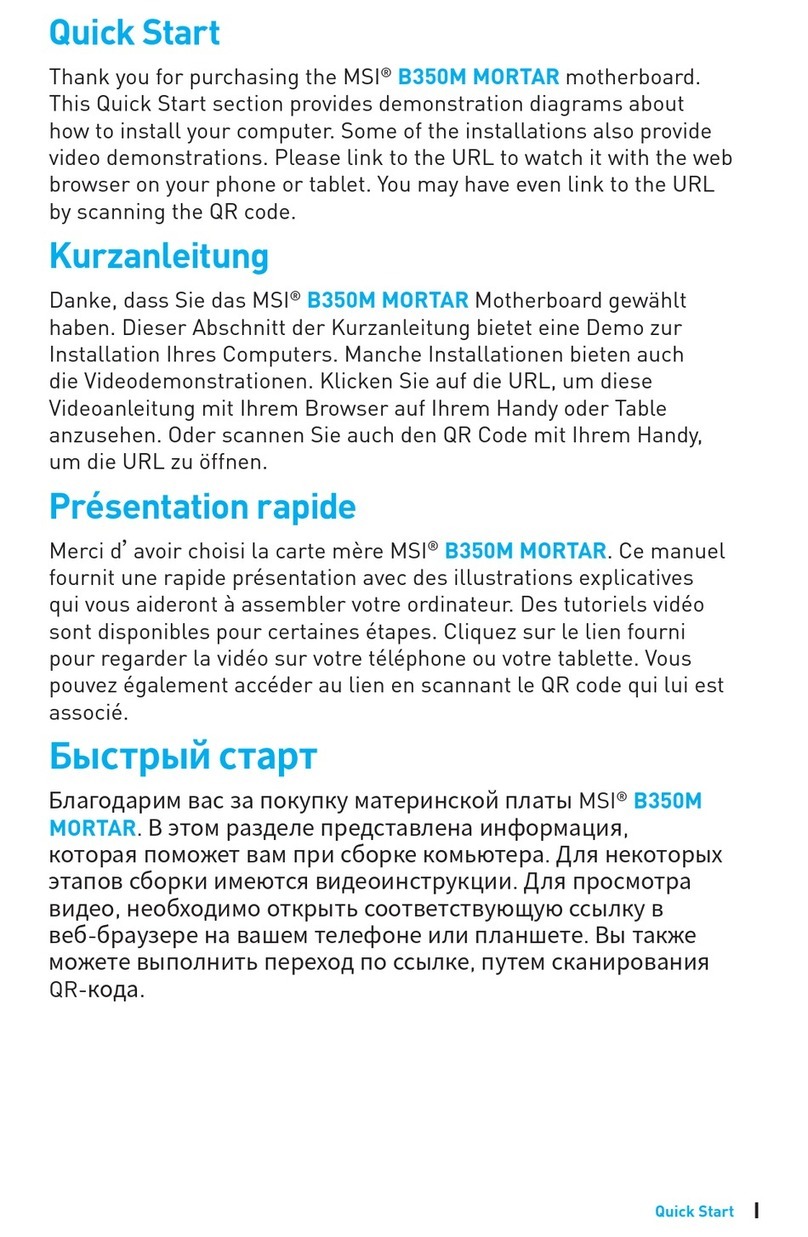
MSI
MSI B350M MORTAR User manual

MSI
MSI MPG X299M GAMING EDGE AC User manual
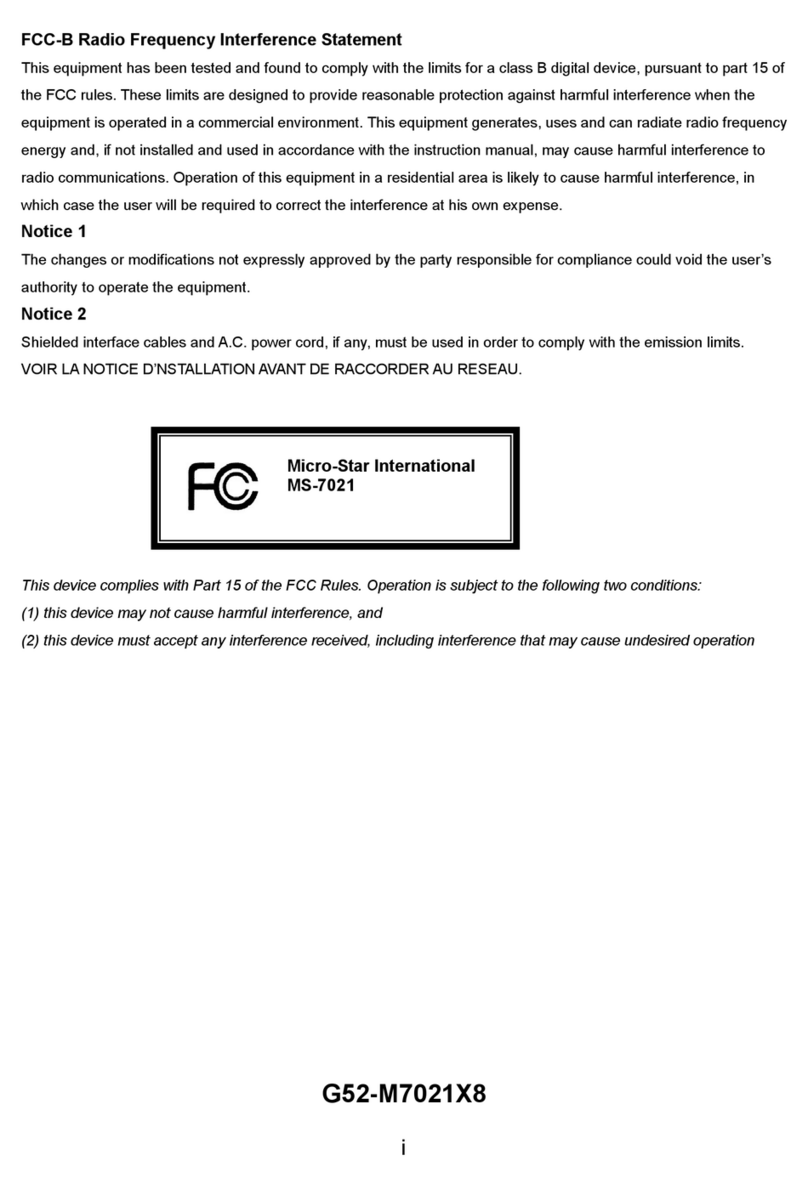
MSI
MSI KT4A-V User manual
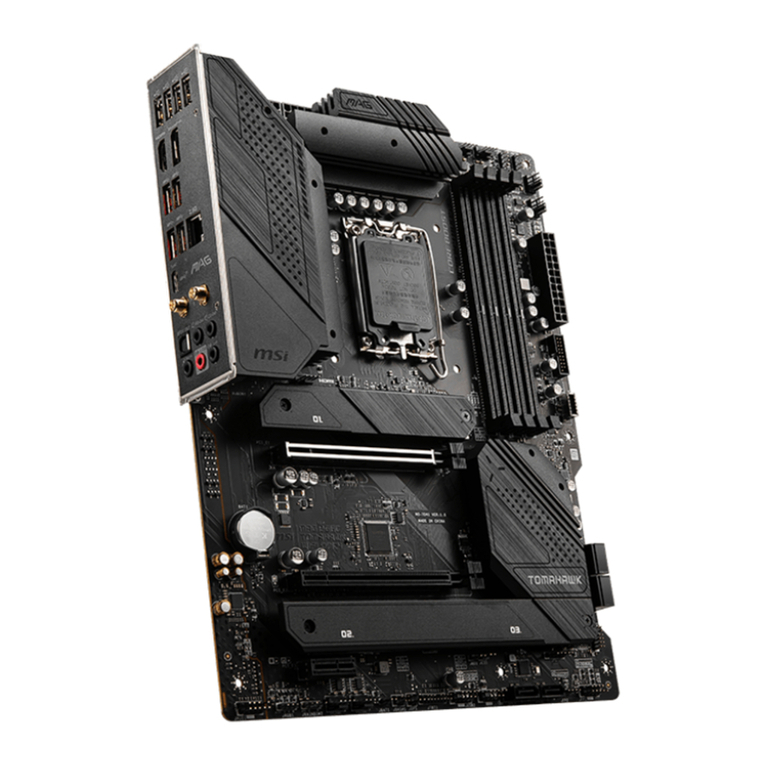
MSI
MSI MAG B660 TOMAHAWK WIFI User manual
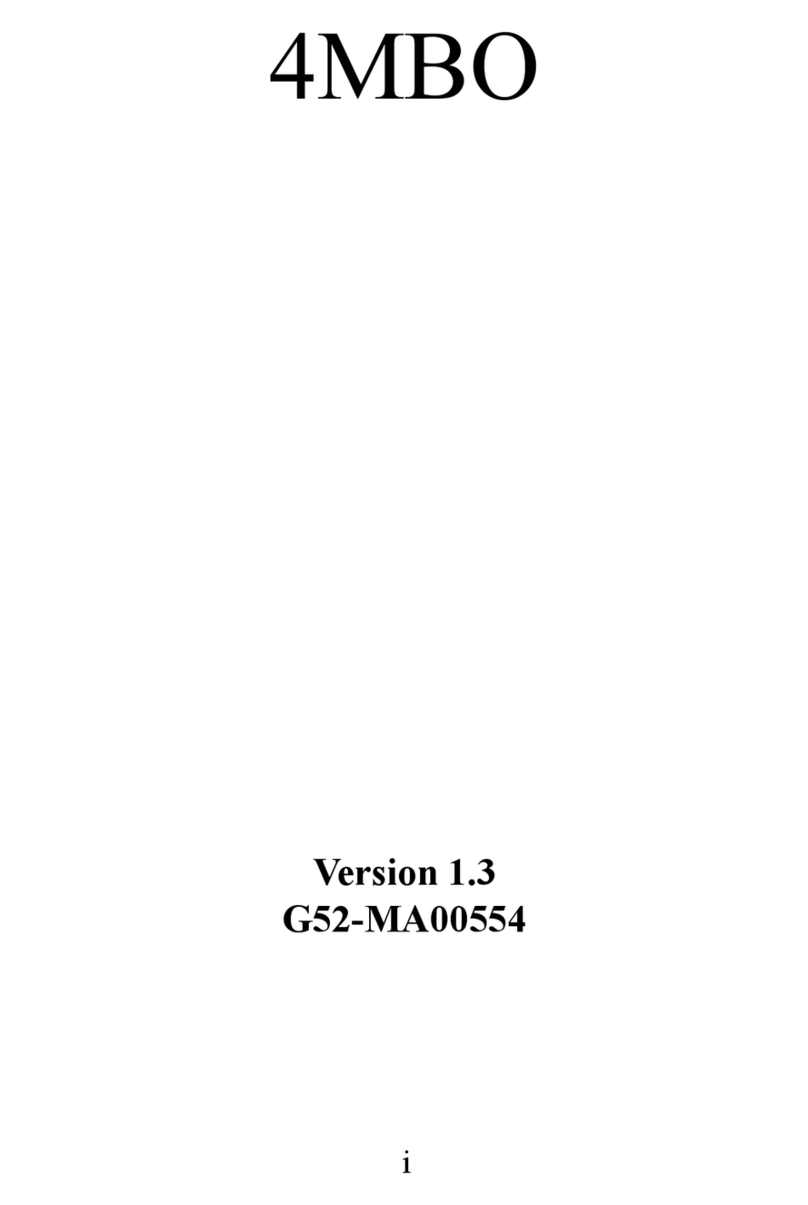
MSI
MSI K7N415 Pro User manual
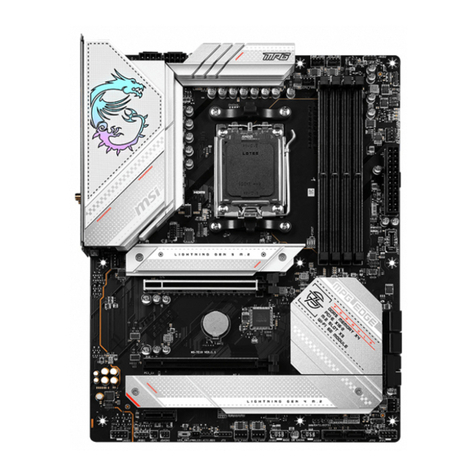
MSI
MSI MPG B650 EDGE WIFI User manual
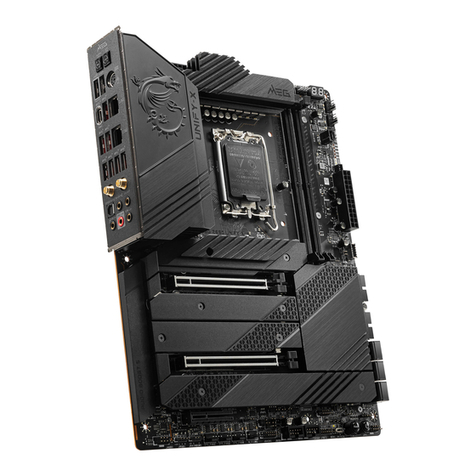
MSI
MSI MEG Unify-X Z690 User manual

MSI
MSI H310-A PRO User manual

MSI
MSI Creator X299 User manual

MSI
MSI X370 XPOWER GAMING TITANIUM User manual
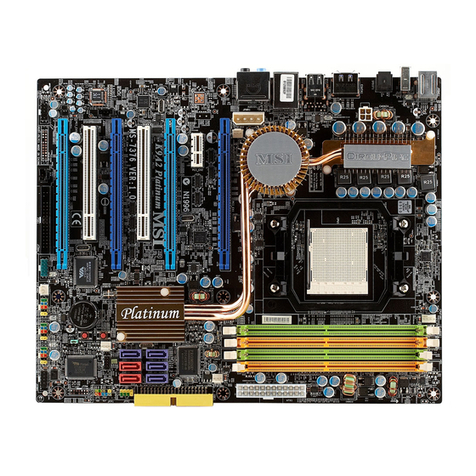
MSI
MSI K9A2 Platinum series User manual
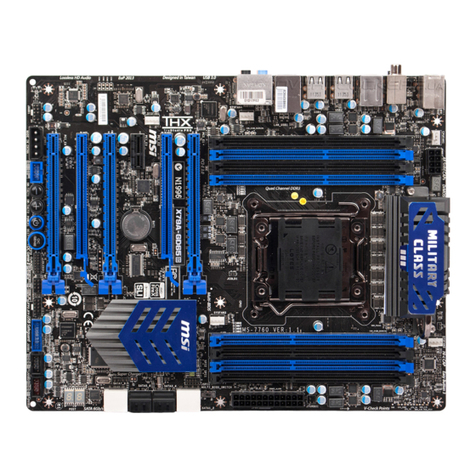
MSI
MSI X79A-GD65 (8D) Series User manual

MSI
MSI H170M PRO-VDH User manual

MSI
MSI 7C04-001R User manual

MSI
MSI Z77A-GD80 series User manual
